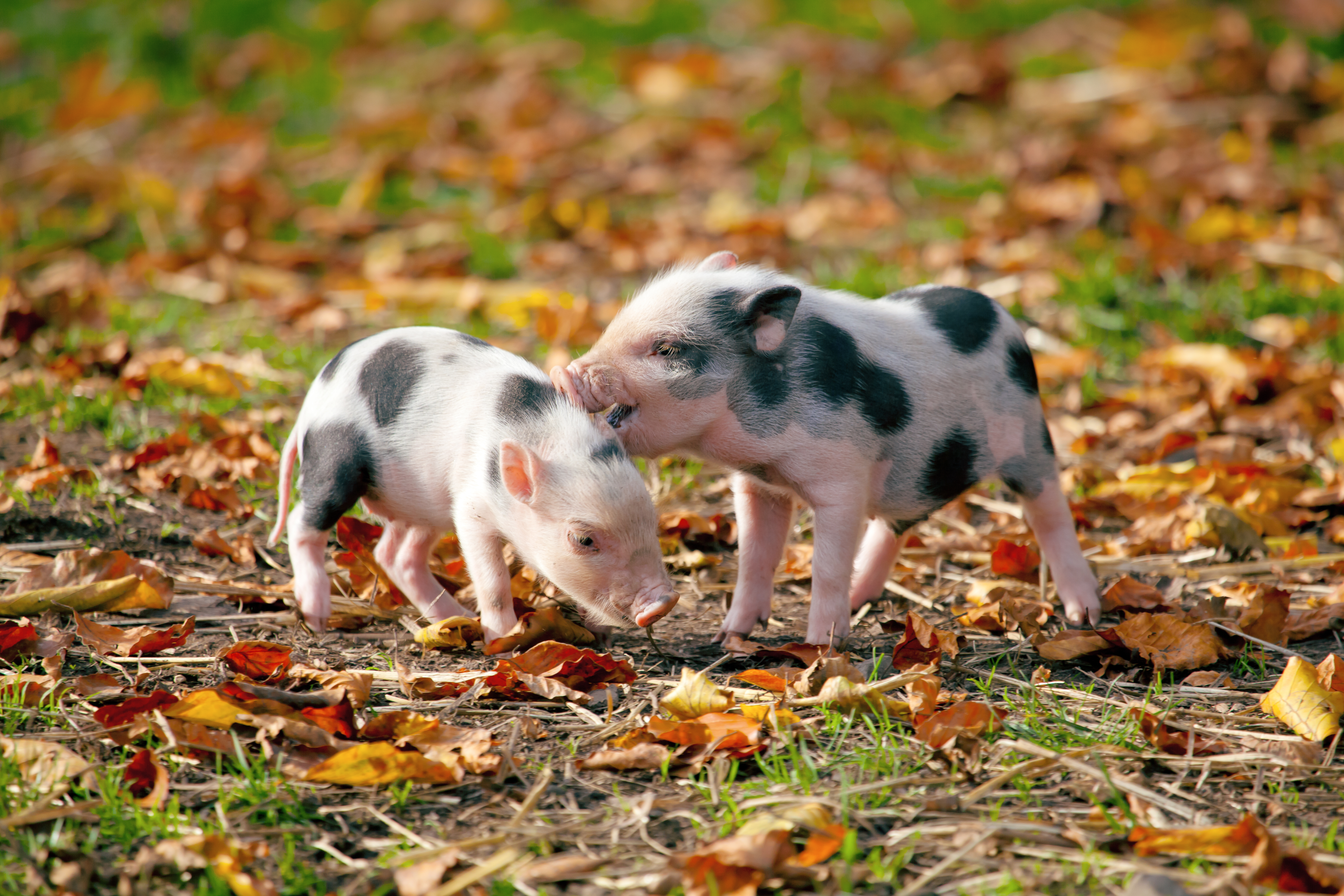Pigs can't fly but they might be able to talk thanks to AI translators
Who needs Charlotte and her web when AI can tell you how Wilbur really feels

Pigs are noisy, but AI may be able to interpret their sounds and tell us what they are feeling based on them. A group of scientists has developed an AI algorithm that can decode pigs' emotions based on their grunts, squeals, and snuffles. The research aims to help farmers understand the emotional and physical health as well as well-being of their animals. Learning that pigs are happy, sad, stressed, or something else can help those raising them work out any potential issues affecting the animals and maintain them in better conditions.
The researchers used thousands of recordings of pigs in all kinds of situations during their lives, right up until they went to the slaughterhouse in some cases. Every squeal and grunt was tagged and labeled depending on whether the pig was experiencing a positive or negative experience. Soon, the AI could determine the emotions that evoked different sounds. For instance, high-pitched squeals often mean fear or stress, while short grunts mean the pig is content.
There’s a lot of high-tech equipment used to monitor the physical health of animals on modern farms. Adding their psychological fitness to the list could be a real boon for farmers. Happy pigs are healthy, and stressed pigs might be a sign of bigger problems. Happier pigs aren’t just good for ethical reasons; they also tend to be more valuable for meat.
Doolitle AI
The researchers believe that with enough data, this AI could eventually be adapted to understand the emotions of other animals, too. There are already efforts in that arena. The new Shazam Band leverages AI to translate for animals. The collar around your dog or cat (or any animal) uses sensors to monitor how the animal responds to what you say to it and their movements. The AI interprets that into human language and broadcasts from speakers in the collar. Over time, it learns your pet's communication skills and becomes more accurate.
Putting collars like that around the millions of pigs raised on farms is not likely to be practical. Still, the AI algorithm could be deployed in other useful ways. The researchers are looking to create an app that employs the algorithm that farmers can use to check up on temperature or watch for wild animals. Then, all that's needed is to connect the device to a loom and thread to let the pig make its own tapestry to proclaim how great it is, no spider necessary.
You might also like
- Google Search can help people learn English with new language tutor tool
- Forget Duolingo – Google Translate just got a massive AI upgrade that gives it over 100 new languages
- You can now chat and play games with Duolingo’s AI characters to learn Spanish or French
Get daily insight, inspiration and deals in your inbox
Sign up for breaking news, reviews, opinion, top tech deals, and more.

Eric Hal Schwartz is a freelance writer for TechRadar with more than 15 years of experience covering the intersection of the world and technology. For the last five years, he served as head writer for Voicebot.ai and was on the leading edge of reporting on generative AI and large language models. He's since become an expert on the products of generative AI models, such as OpenAI’s ChatGPT, Anthropic’s Claude, Google Gemini, and every other synthetic media tool. His experience runs the gamut of media, including print, digital, broadcast, and live events. Now, he's continuing to tell the stories people want and need to hear about the rapidly evolving AI space and its impact on their lives. Eric is based in New York City.